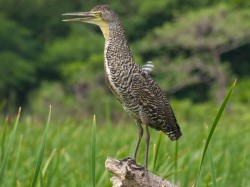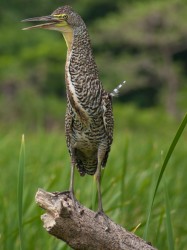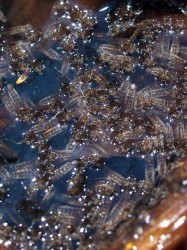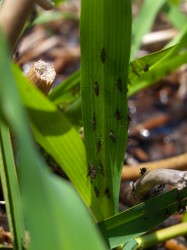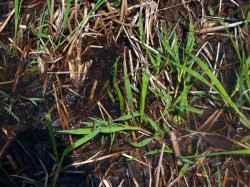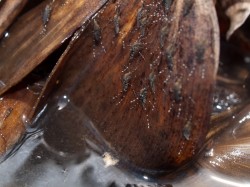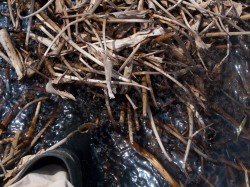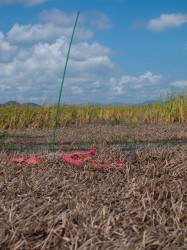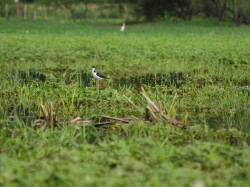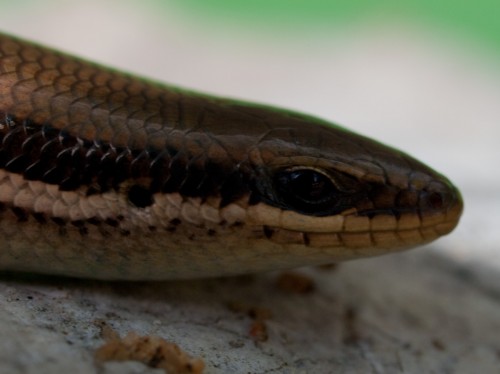 The bronze-backed climbing skink is in a pretty cool sounding genus: Mabuya. Incidently, it appears to be one of the only genera that has remained stable since Savage’s 2002 Herps of CR book. Many other genera have changed since and are published in Savage and Bolanos 2009 Zootaxa.
The bronze-backed climbing skink is in a pretty cool sounding genus: Mabuya. Incidently, it appears to be one of the only genera that has remained stable since Savage’s 2002 Herps of CR book. Many other genera have changed since and are published in Savage and Bolanos 2009 Zootaxa.
Monthly Archives: June 2009
Mating season
There seem to be too many plants and animals for me to memorize and learn. I lack knowledge of entire groups of organisms – from what they are, to their ecological roles. I won’t even mention organisms in Domains, such as Eubacteria (although I just mentioned it…), but insects and plants are phenomenally diverse, even in Ohio, and I am overwhelmed with it… I need more time – well, that, and a bit of patience to actually look at the insects and plants. Little by little, I’m getting it, but in the mean time, I watch butterflies mate.
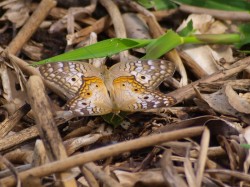 |
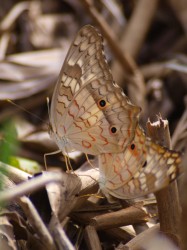 |
Juvenile Bare-Throated Tiger-Heron
The Second-Wave of Mosquitoes
Decomposition-in-a-bag
By the way, check out the excellent sewing job on the bags below… I can pump those out at a rate of 50 in 4 hrs now, although I started out at a much slower rate.
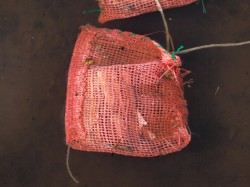 |
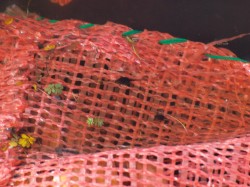 |
More Black-Necked Stilts
Hatchlings have come
The hatchlings are pouring out from the mountains towards the wetland. I’ve seen several more than these three, but these were the only ones I took photographs of, and, unfortunately, my camera lens was a bit foggy. Although it’s absolutely awesome to see these turtles, it makes me miss mine quite a bit.
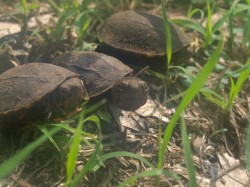 |
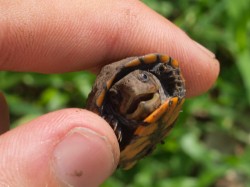 |

